Ketosis in cattle is one of the essential metabolic diseases of high-yielding dairy cows. The disease has mainly seen in the early lactations during the first few weeks after calving and at the late gestation period. The energy requirement of the cattle is exceptionally high during this period and lesser feed intake. The body converts its deposited fat into energy and excessive production of ketone bodies. These ketone bodies are circulating in the blood, and clinical signs appear.
Importance of Ketosis in Cattle
Ketosis is one of the most severe metabolic diseases of highly productive daily cattle. The disease is mainly seen at the post-partum period before three weeks to parturition to after three weeks of the birth of a calf. The condition arose due to negative energy balance and the metabolism of fats excess ketone bodies (acetone, acetoacetic acid, and B-hydroxybutyric acid (BHBA)). The disease is highly costly and causes considerable economic losses in dairy farms.
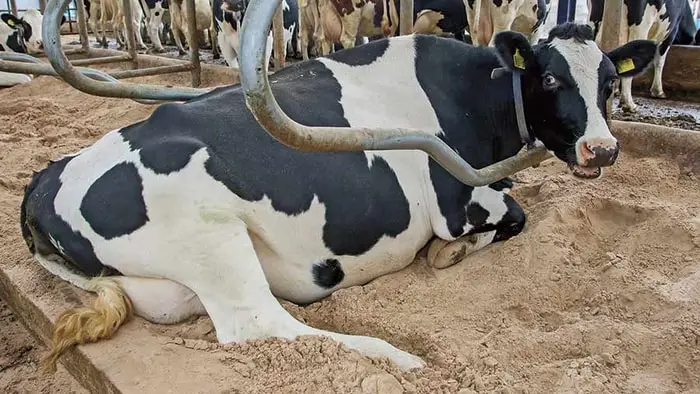
Causes Ketosis of Cattle
Ketosis in cows is one of the most economic metabolic diseases of daily cattle. The causes of ketosis in cattle are:
- Decrease dietary intake of energy during high demand.
- The energy demand sharply increases during the last three weeks of pregnancy due to the rapid growth of the calf. The pregnant cows are under stress and take less feed than expected. This leads to an acute energy shortage.
- During the first weeks after birth, the milk production of high-yielding cows starts increasing. The cow starts slowly to take more feed after parturition. This leads to an acute shortage of dietary energy in lactating cows.
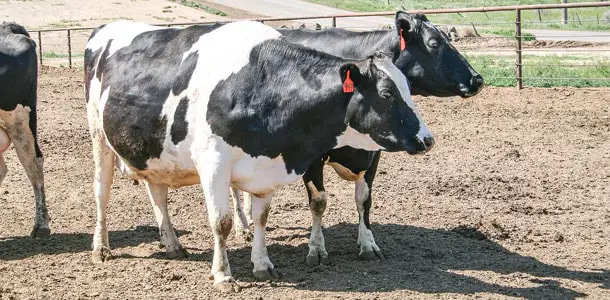
Pathogenesis of Bovine Ketosis
There is a high demand for glucose at the later stage of pregnancy and early lactation. When there is a lack of glucose or energy in the diet, the energy comes from adipose tissue. The adipose tissue breaks, and an excess of nonesterified fatty acids (NEFAs) are circulating in the blood. These NEFAs initiate the production of ketone bodies by the liver. The ketone body circulates in the blood, found in the urine and milk.
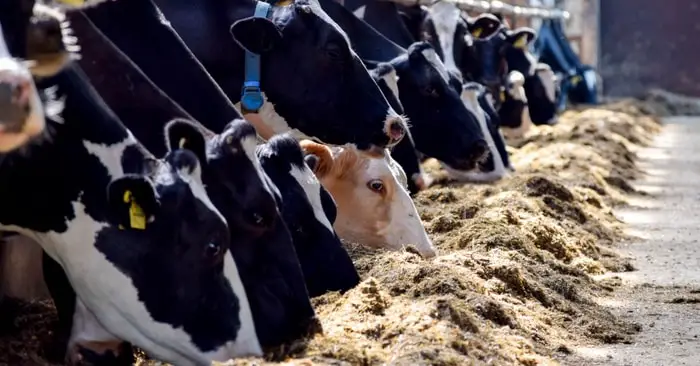
Clinical Signs of Ketosis in Cattle
The disease is mainly seen in comparatively healthy, highly productive dairy cattle at the later stage of pregnancy and early lactations. The clinical manifestations of the disease are:
- Decrease in milk production.
- Anorexia.
- Dullness.
- Loss of body weight.
- Loss of conditions and rough hair coats.
- The smell of acetone is found in urine and milk.
- Nervous signs include excessive salivation, licking, kicking, and seizures.
- Absence of fever.
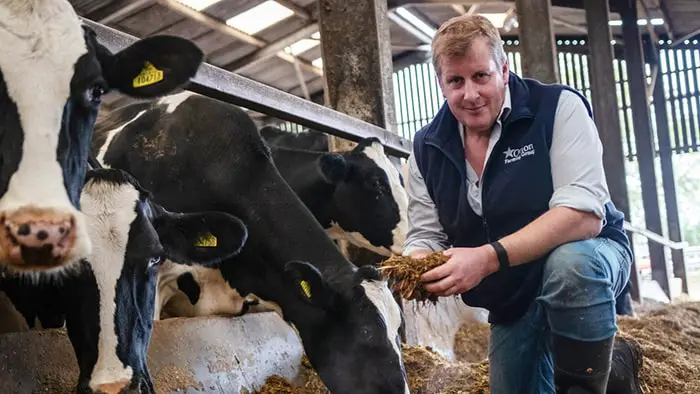
Diagnosis of Bovine Ketosis
The standard diagnostic procedures of ketosis are:
- History of the presence of risk factors like early lactation and the last stage of pregnancy.
- Pathonomic clinical signs like low feed intake, the smell of ketone bodies in milk and urine.
- Determination of ketone bodies in blood and urine.
- Liver function test.
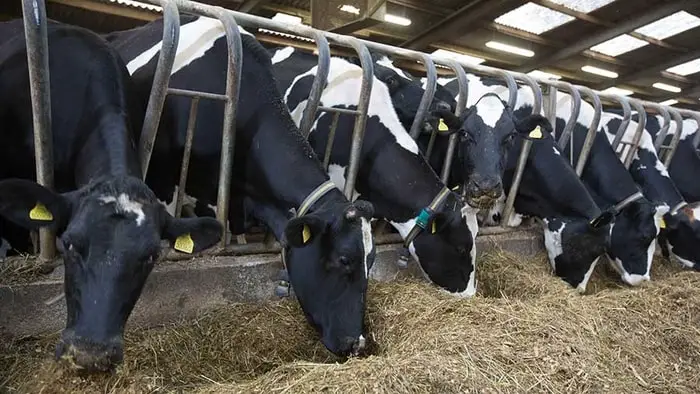
Differential Diagnosis of Ketosis in Cattle
There are several diseases also found during this period. You must be differentiated ketosis from the following diseases:
- Hypomagnesemic tetani.
- Downer’s Cow Syndrome.
- Post-Partum metritis.
- Milk Fever.
- Grass Tetani.
- Lameness.
- Rabies in the cow.
Treatment and Management of Bovine Ketosis
The treatment and management principally depend on reducing the risk factors and immediate supply of dietary energy.
- Intravenous injection of glucose.
- Administration of Sodium Propionate (@0.25lb per cow) just after parturition.
- Administration of Oral Propylene Glycol @690gm per cow per day.
Prevention of Ketosis in Cattle
The following measures can prevent the disease:
- Supply of balanced ration throughout the year to milking animals.
- Provide balanced rations to dry cows.
- An additional supply of energy in the diet of pregnant cows from the last trimester of pregnancy.
- Take special care after parturition.
- Reduce stress and maintain a healthy environment in the cowshed.
Concluding Remarks on Ketosis in Cattle
The dairy industry and farming are one of the most profitable businesses nowadays. The high-yielding dairy cows are the pivot of dairy farms. Ketosis is one of the most common non-infectious diseases of dairy cows. The disease may cause a considerable loss to your farm by reducing the milk production, treatment cost, death of the cows, and even death of the newborn calves. You must take necessary preventive measures against ketosis in dairy cows.